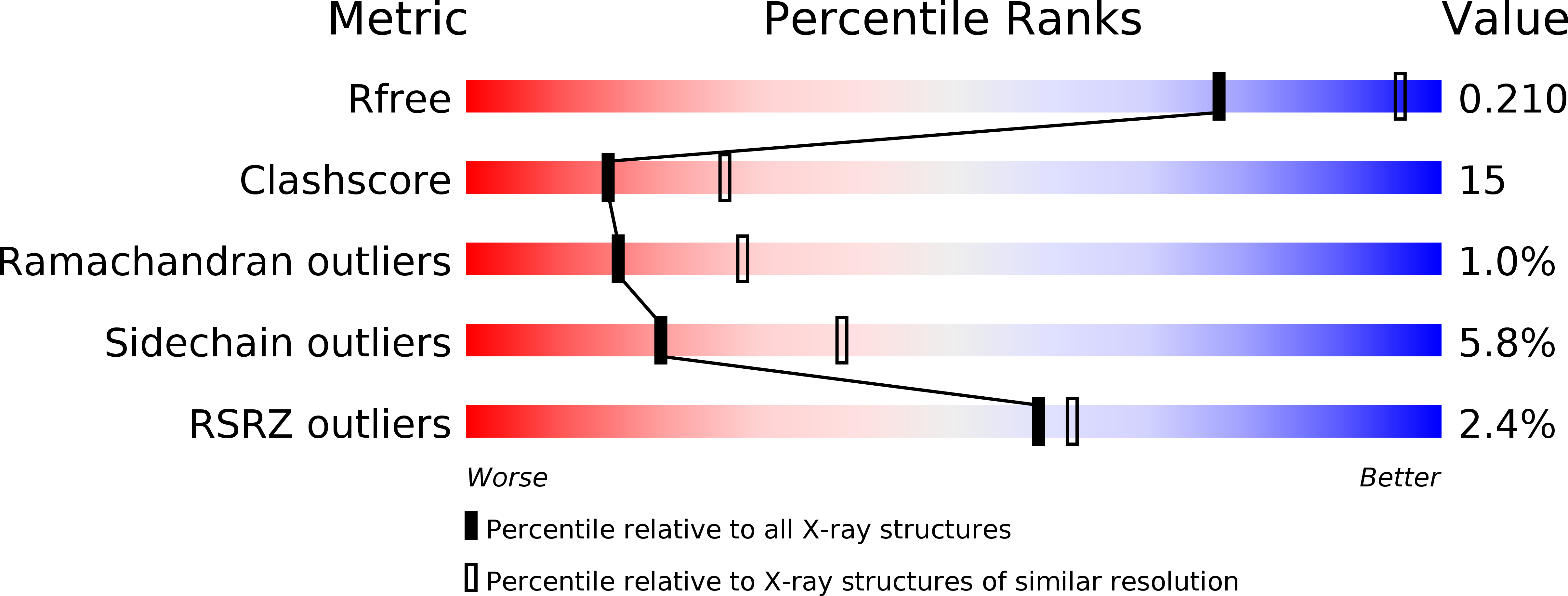
Deposition Date
2007-08-13
Release Date
2008-05-13
Last Version Date
2024-10-16
Method Details:
Experimental Method:
Resolution:
2.50 Å
R-Value Free:
0.20
R-Value Work:
0.18
R-Value Observed:
0.18
Space Group:
P 62


